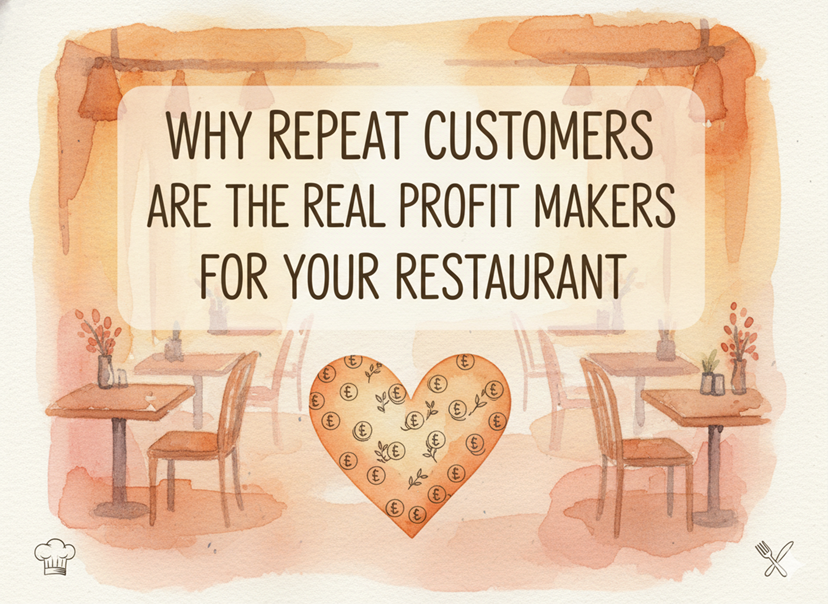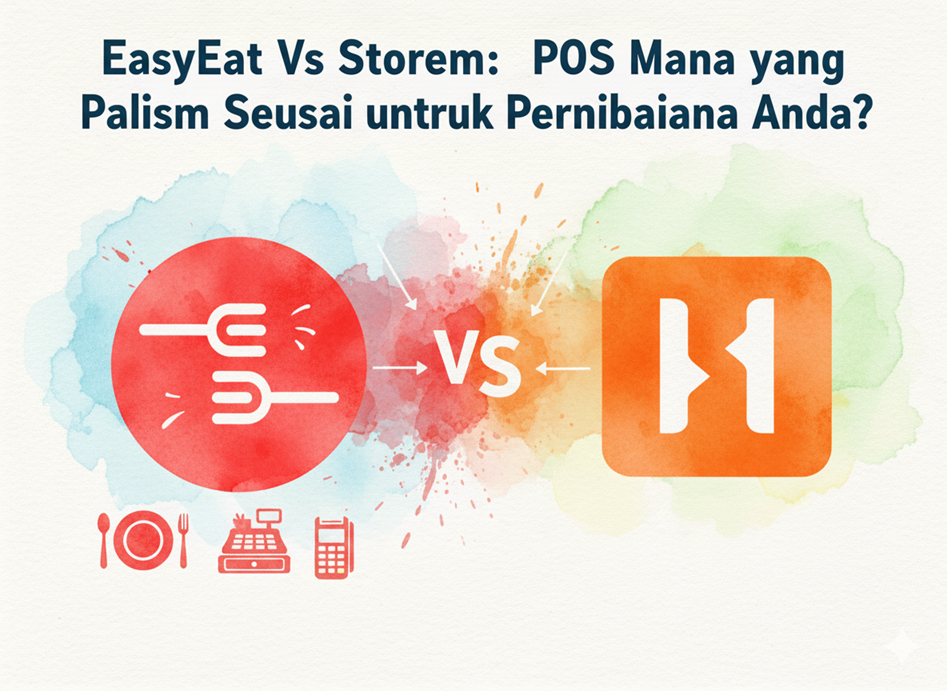Embarking on the journey of setting up or renovating a restaurant kitchen demands meticulous planning, especially when it comes to deciding between purchasing brand-new equipment or opting for used alternatives. This article serves as a guide, offering valuable insights into the considerations essential for making informed decisions in this regard
Evaluate Your Budget and Needs
When venturing into the realm of restaurant ownership or refurbishment, the budget plays a pivotal role. Begin by assessing your financial constraints and outlining the essential equipment required to kickstart or upgrade your operations. Consider factors such as the anticipated volume of business and how the chosen equipment will seamlessly integrate into your workflow.
Research and Compare Pricing
Conduct thorough market research to grasp the pricing dynamics of both new and used restaurant equipment. Delve into the realm of reputable brands and evaluate the quality-price ratio offered by various suppliers. By comparing prices and analyzing the features of different equipment options, you can ascertain which choice offers the best value proposition for your investment.
Inspect the Condition of Used Equipment
Opting for used restaurant equipment can be a cost-effective solution, but it necessitates diligent scrutiny. Before finalizing any purchase, meticulously inspect the condition of each item on your checklist. Look out for telltale signs of wear and tear, assess functionality, and ensure that all components are in optimal working condition. This step is crucial in mitigating the risk of investing in subpar equipment that may hinder your kitchen’s efficiency.
Consider Warranty and Support
One of the inherent advantages of investing in new restaurant equipment is the accompanying warranty and after-sales support. These provisions offer a layer of assurance, safeguarding your investment against unforeseen contingencies. However, when contemplating the purchase of used equipment, carefully weigh the potential savings against the absence of comprehensive warranties. While used equipment may offer upfront cost advantages, it’s imperative to evaluate whether these savings outweigh the risks associated with limited warranty coverage.
Seek Recommendations and Reviews
Leverage the power of collective wisdom by soliciting recommendations from industry peers or experts regarding reputable suppliers of used restaurant equipment. Additionally, scour online platforms for reviews and testimonials to gauge the reputation and reliability of potential sellers. By tapping into the experiences of others, you can glean valuable insights that inform your decision-making process and steer you toward trusted sources.
In the realm of restaurant ownership and management, every decision holds the potential to shape the trajectory of your venture. Whether you opt for the allure of shiny new equipment or the pragmatic allure of cost-effective used alternatives, the key lies in prioritizing quality, functionality, and long-term value. By meticulously evaluating your budget, and needs, and conducting comprehensive research, you can navigate this decision-making process with confidence.
Ultimately, the success of your restaurant hinges on the efficiency of your kitchen operations. Therefore, approach the task of equipment procurement with due diligence, ensuring that every investment aligns seamlessly with your overarching business objectives. For further insights and tailored guidance on sourcing restaurant equipment, explore more blogs.



